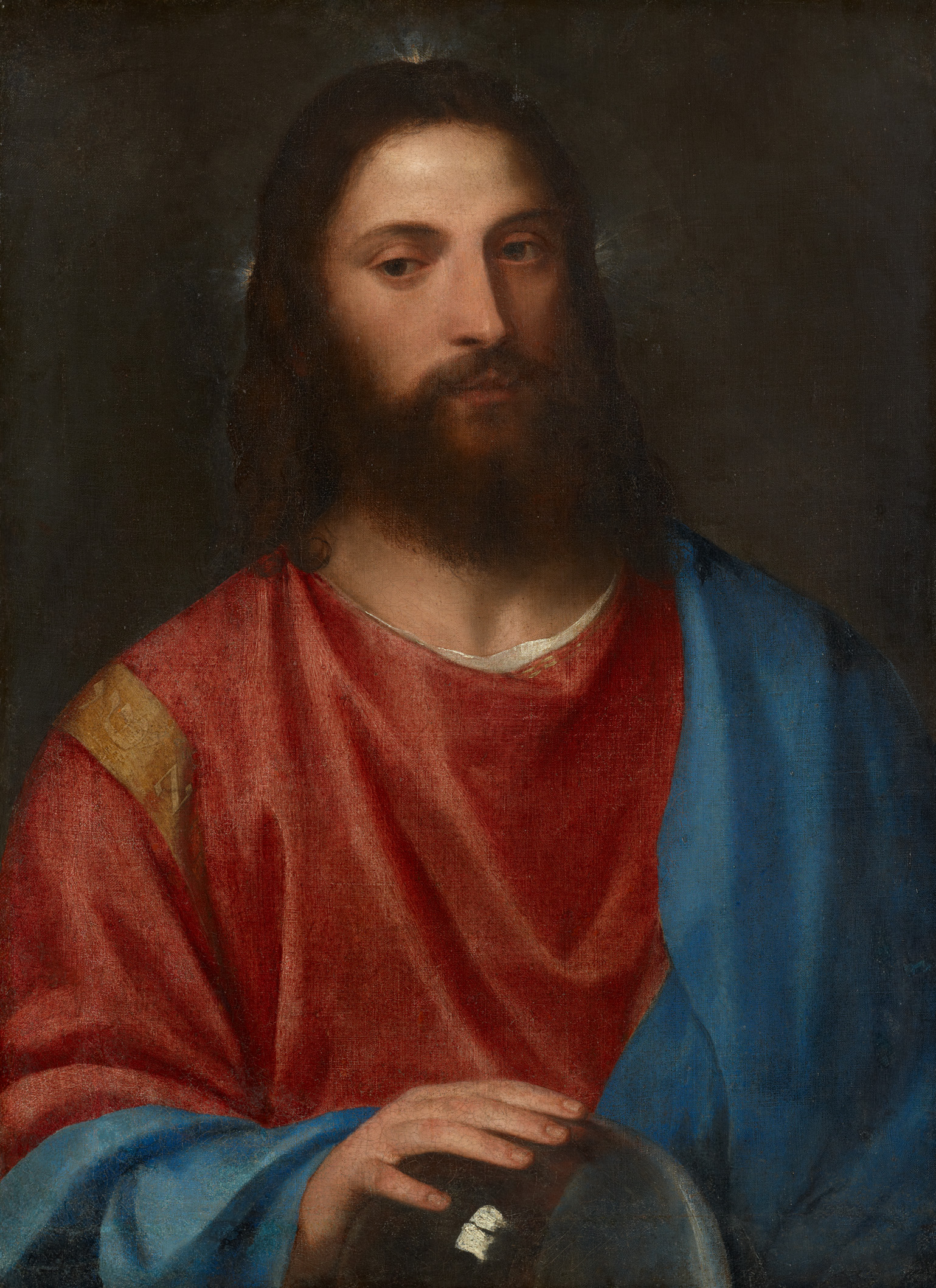
Scholars at the Kunsthistorisches Museum in Vienna say one of the museum’s works, a depiction of Christ holding a globe from around 1520–30, is likely by the great Italian Renaissance artist Titian.
Experts spent several years carefully examining the work, which was previously attributed to the artist’s workshop, and are now billing it as the “Viennese Salvator Mundi” in reference to the controversial Leonardo da Vinci panel featuring the same scene.
In one of the art world’s most infamous tales of rediscovery, a pair of art dealers bought that picture for just $1,500 in 2005. The heavily damaged painting was later reattributed as a signature Leonardo and went on to sell for a record $450 million.
Now, the Kunsthistorisches has a Salvator Mundi discovery story of its own.
Leondaro da Vinci, Salvator Mundi, ca. 1500. Courtesy of Christie’s Images Ltd.
Already home to the world’s second-largest collection of Titians, after only the Prado in Madrid, the museum took a closer look at Christ With the Globe as part of a larger research project into its Titian holdings, subjecting every work by the artist to X-rays and infrared imaging.
The museum has presented its findings at “Point of View 25,” part of the picture gallery’s research series, launched in 2012.
Titian put his own spin on the traditional Salvator Mundi subject, which typically shows Christ raising one hand in a gesture of blessing, by including a Hebrew inscription on Jesus’s tunic referencing the Kabbalah, suggesting the work was commissioned for a Christian patron with Jewish leanings. Such customization makes it more likely the work is by Titian himself.
X-ray of Titian’s Christ With the Globe (ca. 1520/30). ©KHM Museum Association.
But what tipped experts off to the fact that the work had been wrongfully downgraded were X-rays that revealed an underpainting of the Virgin and Child.
That image closely resembled Titian’s early works depicting the same subject, suggesting that Christ With the Globe might be from the 1520s, rather than 1530 as previously dated.
Although it is in much better shape than Leonardo’s Salvator Mundi, the Vienna picture is in need of significant conservation.
Part of the painting have been retouched over the years; some of the colors have darkened with age; and the surface has been flattened and damaged by being pressed during earlier conservation work. The X-rays also show areas of paint loss on the nose and hair.
The hope is that a thorough restoration will confirm the new Titian attribution once and for all. The museum is now crowdfunding to raise the money for that project.
“Matter of Opinion #25: The Viennese Salvator Mundi – Titian’s Christ With the Globe in a New Light” is on view at the Kunsthistorisches Museum Vienna, Maria-Theresien-Platz, 1010 Vienna, Austria, February 25–October 16, 2022.